Being a mechanic by trade, I jumped at the opportunity when Toyota invited us to not only see, but drive their newest Hydrogen-powered car, the Mirai (“future” in Japanese).
It was my first time visiting their Sydney headquarters, situated on a generously large block at water’s edge, giving a very relaxed mood on arrival. Before any of the official presentation or activities, we wandered freely around a model that they have on display and given a brief rundown of the morning’s plans.

There’s a few features that caught my eye immediately: inbuilt GPS navigation, front and rear bucket seats that are also heated individually, as well as a heated steering wheel, dual zone climate control and popular projector style headlights which seems to be a growing trend even within the Japanese modified scene.
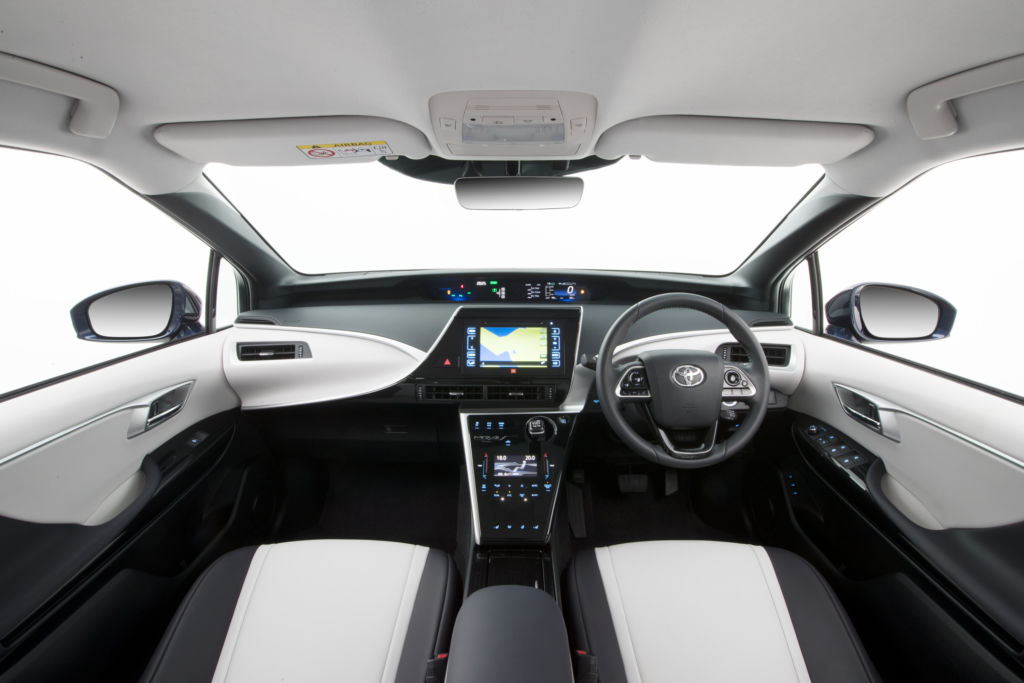
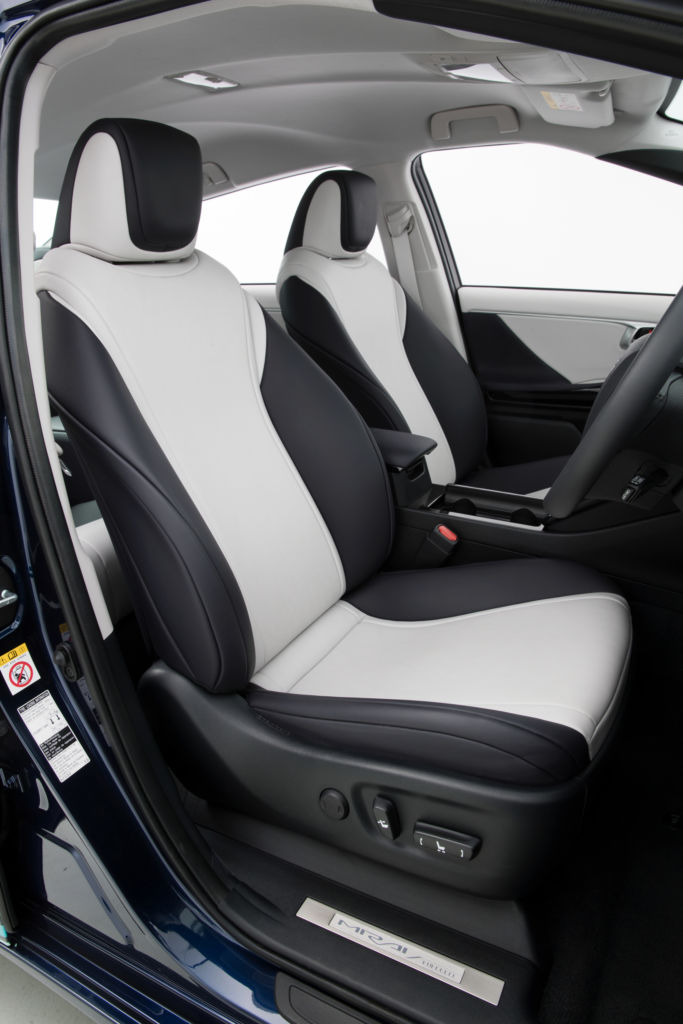
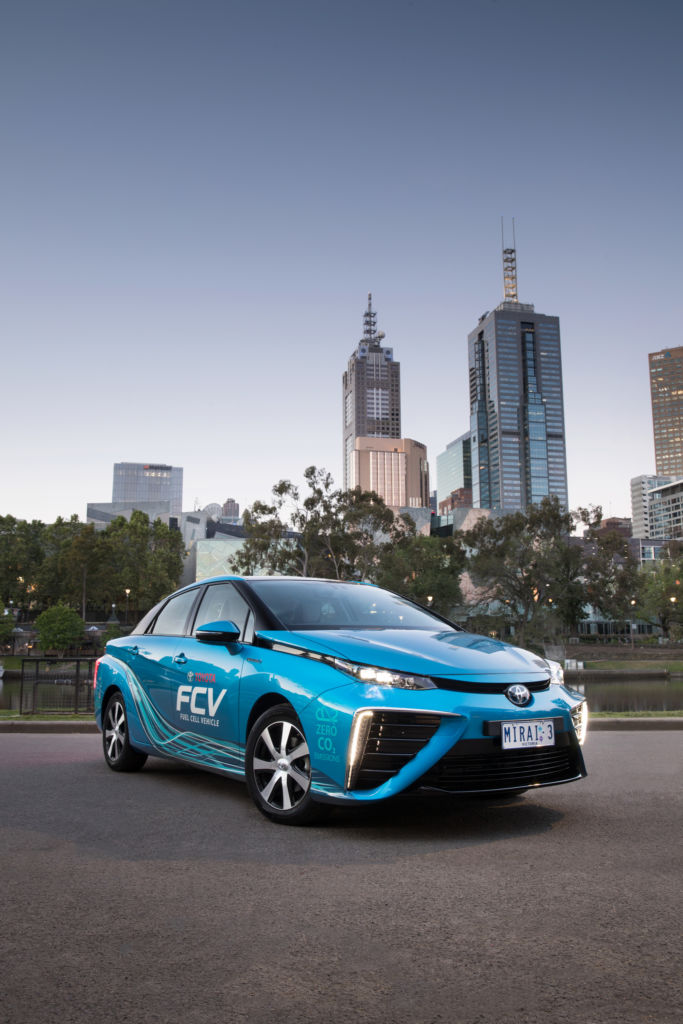
Before too long we were greeted by Andrew Willis and Michael Elias from Toyota. The very first thing they pointed out about the car is that is produces absolutely zero pollutive emissions. Now this is seemingly obvious, and you hear people talking about zero emissions vehicles, but it’s not until you’re standing right in front of a vehicle that really is capable of this, that you can see and touch, does the message really drive home! The only by-product of its operation is water that slow drips out of a pipe at the rear, which you can also purge via a button on the dash, in the case of wanting to park it in a garage or area where you didn’t want any water droplets.
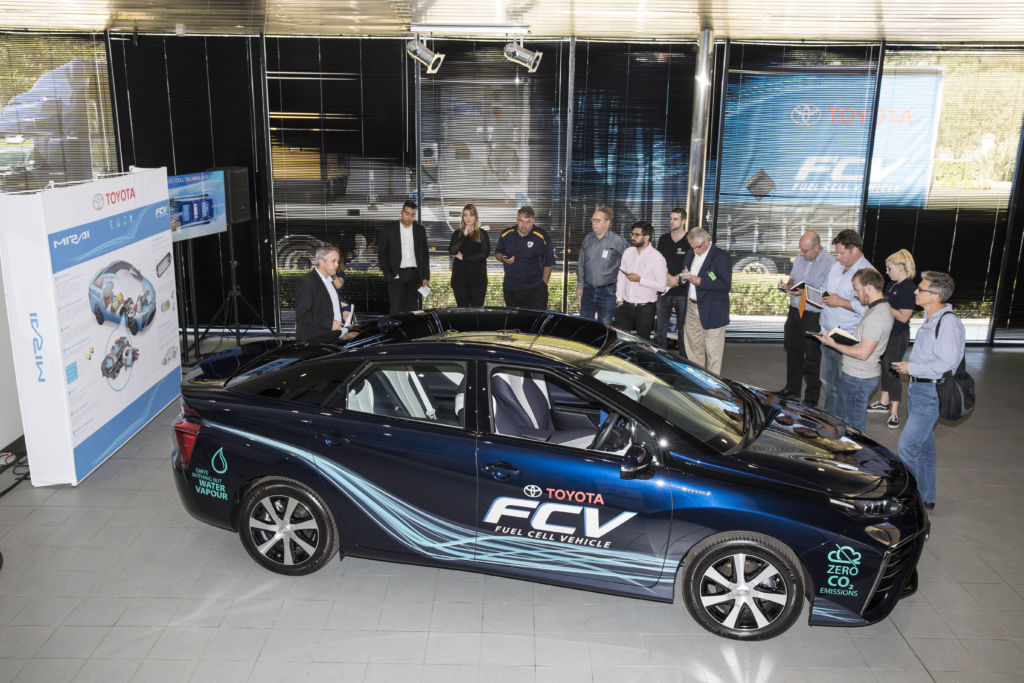
A few of the other features that I find stand out from other electric or hybrid vehicle models is that while having a range of 550kms from the two 2.5kg tanks, they estimate it will cost around $60 to fill in total. Refuelling a Mirai will be much like a current LPG car, with a nozzle from a refuelling station in approximately 3 minutes. As we don’t currently have the infrastructure readily available, Toyota is using a mobile refuelling setup to allow showcasing the vehicles anywhere they wish.
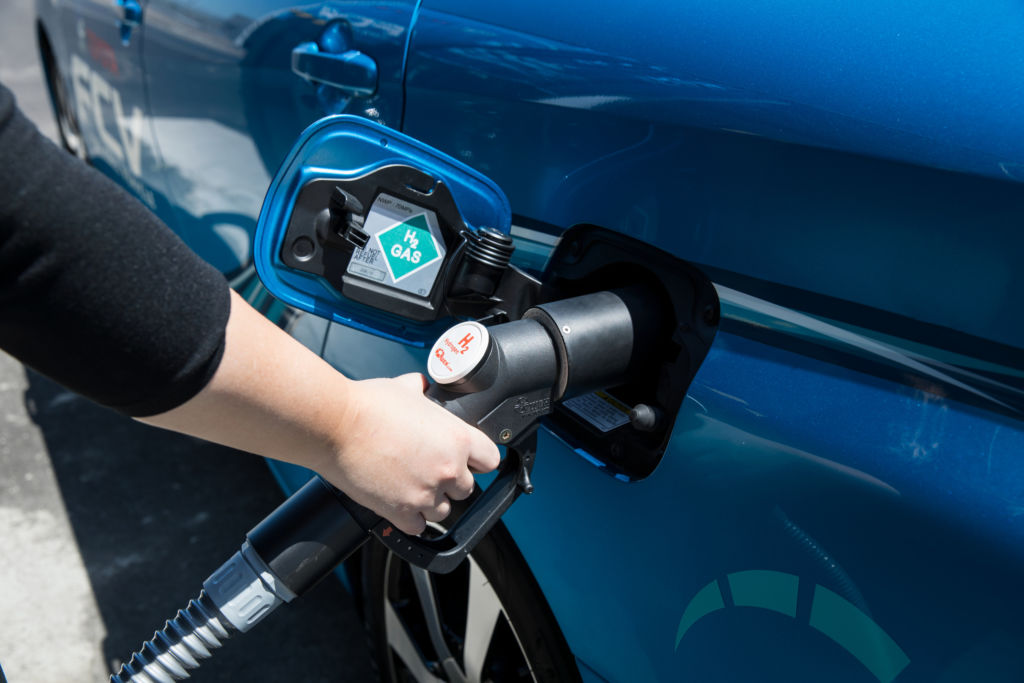
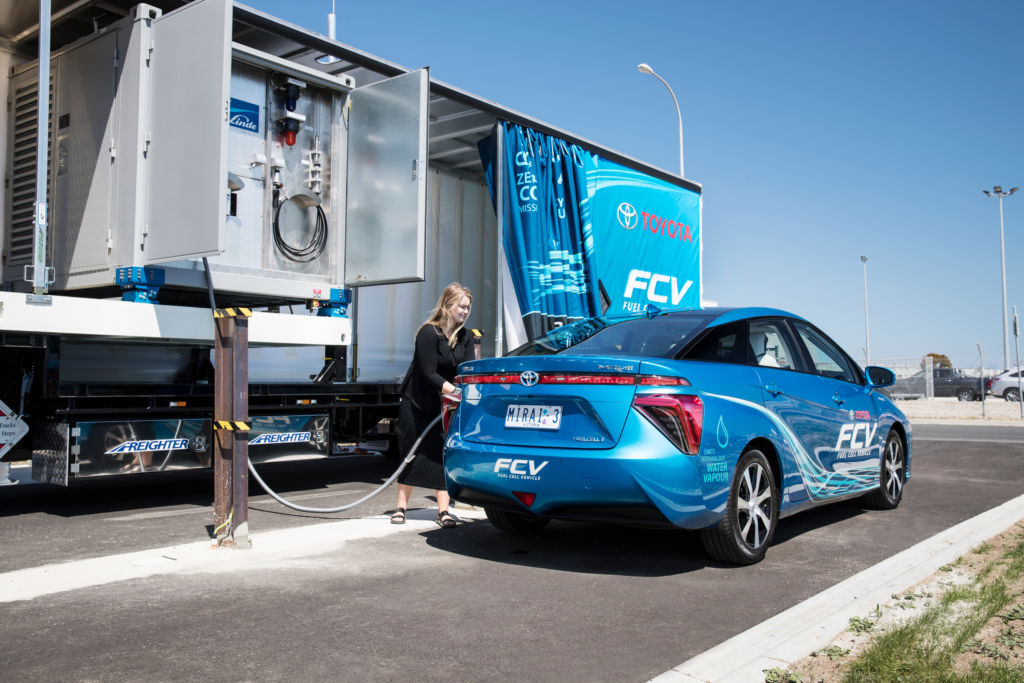
It’s likely the first consumers to take on the cars will be private or government fleet use, where vehicles would be used in a back-to-base setting and they can have their own dedicated refuelling station on site.
Now I’m sure at this stage you’re wondering how does this emission saving, technological advancement perform out on the road. The Mirai is not completely lacking with a comfortable 113kWs at the front wheels and an even healthier 335nms of torque (as much as a large 6cylinder).
Eventually we headed out to the cars to drive them for ourselves.
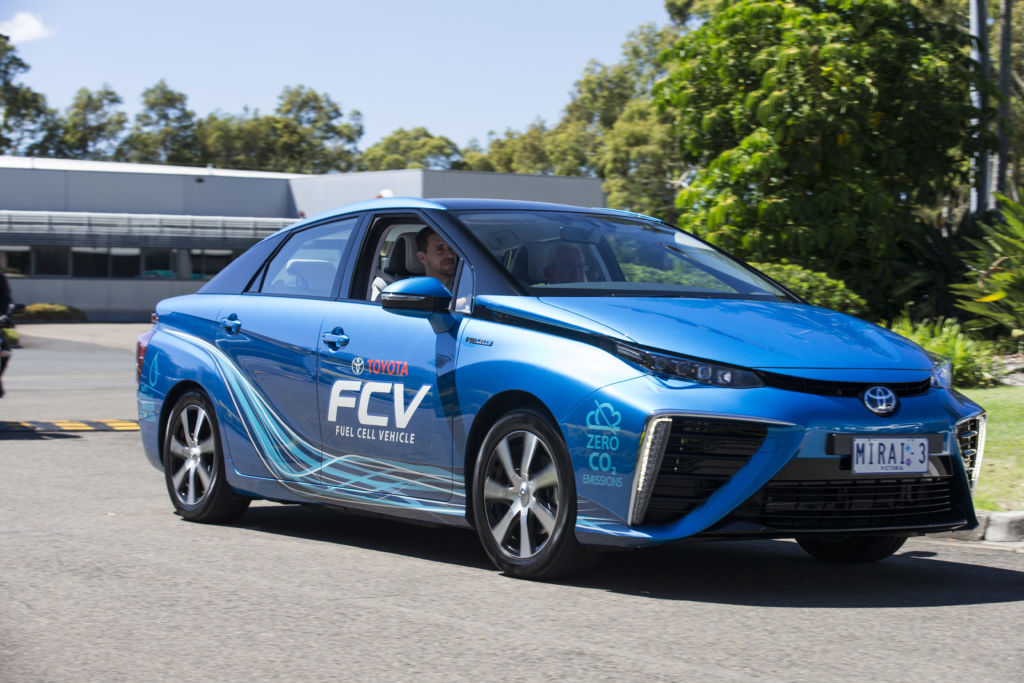
It was only a fairly short drive around the local area, but with enough variety that it gave you a fair feel of the car and its capabilities. With the single speed transmission, navigating through school zones and stop-start driving was a breeze and very fluid. The car for the most part is silent except for as you plant your foot to accelerate and you’ll hear a faint whirr of the electric motor pushing you along. The acceleration and general power delivery feels very natural and even has a little bit of kick, which for a guy like me, who has oil and fuel flowing in my veins is very hard to admit.
It’s definitely cool to be staring the future of vehicles in the face, and we’re interested to see the Mirai make its way into Australia with the support from other major players and sectors of the automotive industry. In my opinion, if I were the manager of a fleet of vehicles, this would be an excellent choice.
Fun Facts:
Cost: Approximately $76,000Aud (currently sold in the US for US$65,000 including 3 years fuel)
Engine: 113kW, 335nm, hydrogen fuel cell stack, electric motor
Transmission: FWD, single-speed continuously-variable-transmission
Fuel economy: Estimated 0.9kg/100km of liquid hydrogen
Safety: 5-star ANCAP rating, 8 airbags, blind spot monitoring
Emissions: H20
Images: Supplied
Review: Adam Vlahos
